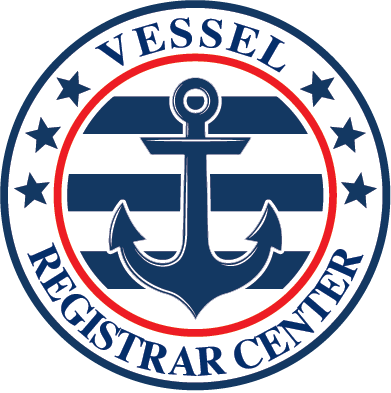Are you the owner of a boat and interested in learning more about the USCG documentation requirements imposed? If that’s the case, you’ve found the proper place to be. This article will provide an overview of what you are required to do to remain in compliance with regulations imposed by the U.S. Coast Guard (USCG). In addition, we will go over some of the advantages of maintaining documentation and explain why it is such an essential component of boat ownership. As the owner of a USCG boat, you are responsible for ensuring that you comply with the paperwork requirements. The following are some of the more significant ones:
Boat Registration
Whether they have an inflatable kayak or a multimillion-dollar yacht, every boat owner must have their boat registered. The United States Coast Guard (USCG) mandates that all boats with a length of more than 16 feet must display a registration sticker that is current and issued by the state where the vessel is headquartered. Additionally, the registration must be updated every two years. When it comes to boats, this is one of the most prevalent types of law enforcement in the United States.
If the police stop you while you are on the water, they often want you to present documentation that your boat is registered. Your registration should be valid for the area you are traveling in, whether in international waters or a specific region inside Canada or Mexico while you are in those locations. You must register your vessel with the United States Coast Guard (USCG) and display the registration sticker in a visible location.
Capacity Plate
Each piece of USCG documentation is required to have a capacity plate. The plate must include the vessel’s official registration number and the maximum number of passengers permitted on board at any moment. There are two exemptions to this rule: one for uninspected boats with a length of fewer than 6 feet and another for recreational vessels with fewer than 26 feet. The capacity plate is an essential piece of apparatus. It will tell you the maximum weight that your boat can support. You are required to carry a capacity plate that details the maximum weight your boat can carry at one time. In addition to the carrier’s name, address, and phone number, the capacity plate is required to carry a statement indicating the maximum number of passengers allowed to be transported at one time.
Hull Identification Number
It’s possible that you’re already aware that certain kinds of boats operating in the United States are required by federal law to have a number prominently displayed on the outside of the vessel. Hull Identification Number is the name given to this particular number (HIN). The federal government regulates this identification system because it serves an essential function for the nation: it helps to avoid maritime mishaps caused by boats that are either hazardous or do not have sufficient documentation. Remember that every registered vessel must prominently display its HIN on its exposed exterior surfaces. It is also important to note that there are different requirements for recreational and commercial vessels and that other numbers apply to those used in inland waters versus those used in navigable waters of the United States. Both of these points should be taken into consideration.

Certificate of Documentation as One of USCG Documentation Requirements
The Coast Guard will give you some paperwork and a Certificate of Documentation when you initially obtain your boat, according to icrc.org. This document is the initial step toward establishing your boat’s identity as a lawful vessel. It explains where your boat was constructed, how long its hull is from bow to stern, and how many people can travel comfortably without endangering themselves thanks to adequate emergency exits.
On top of that, it has a VIN for the motor and a unique name for your boat. To register your yacht with any state or area government, you will need your Certificate of Documentation. The Coast Guard will issue a replacement for a fee of $5 plus shipping fees if you misplace your original (or more if they have to mail it). You should save your original Certificate of Documentation and other necessary boating paperwork in a watertight safe.
The U.S. Coast Guard’s documentation requirements are incredibly complex. Getting the wrong paperwork in place for your boat can result in expensive fines or even the inability to use it. The people at the Maritime Documentation Center are experts on this topic, and they’re here to help you get everything taken care of. If you want more information about how to deal with USCG documentation requirements, call 800-535-8570 today.




